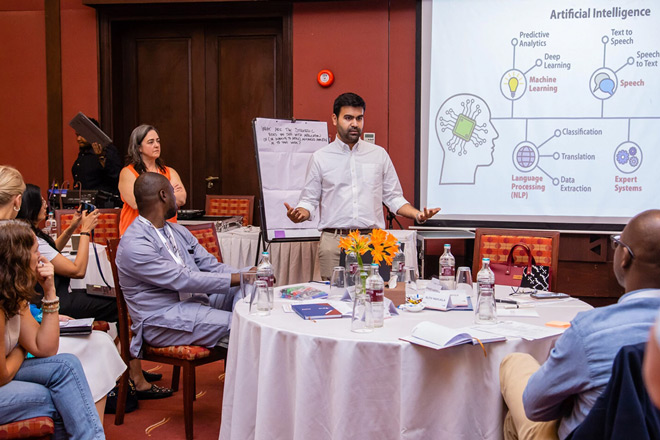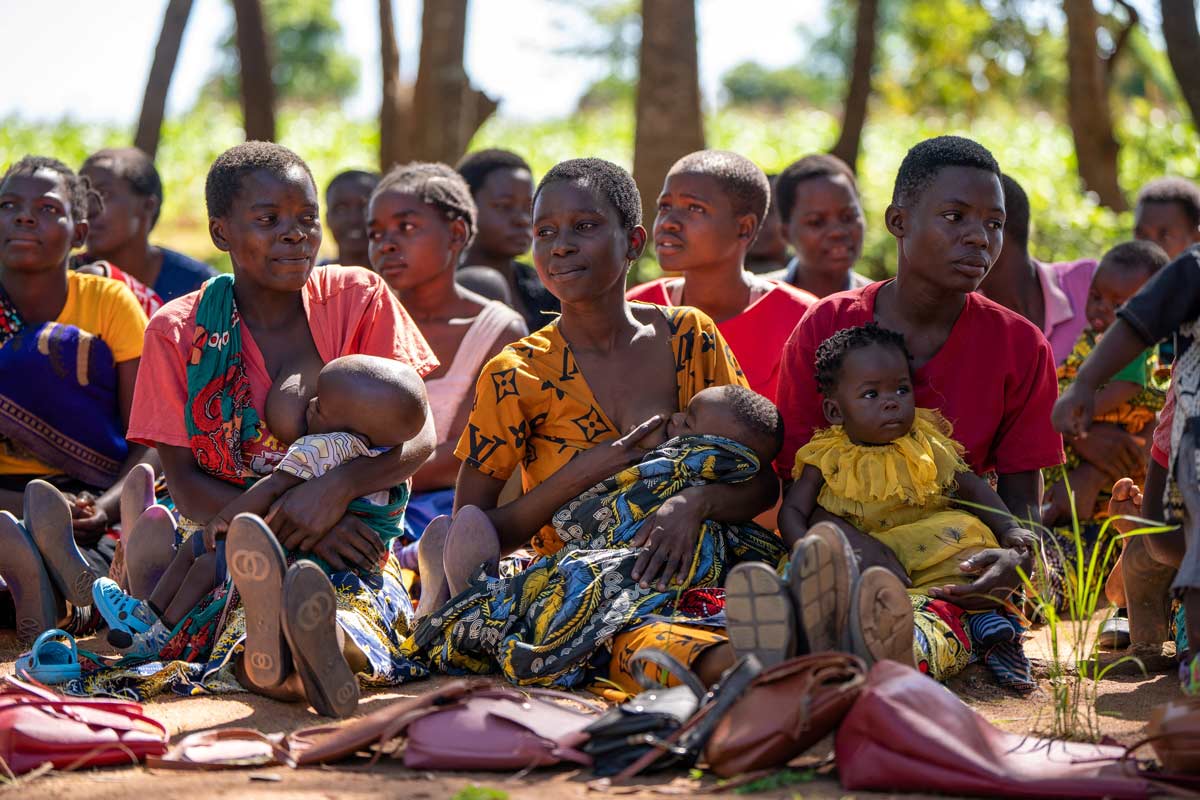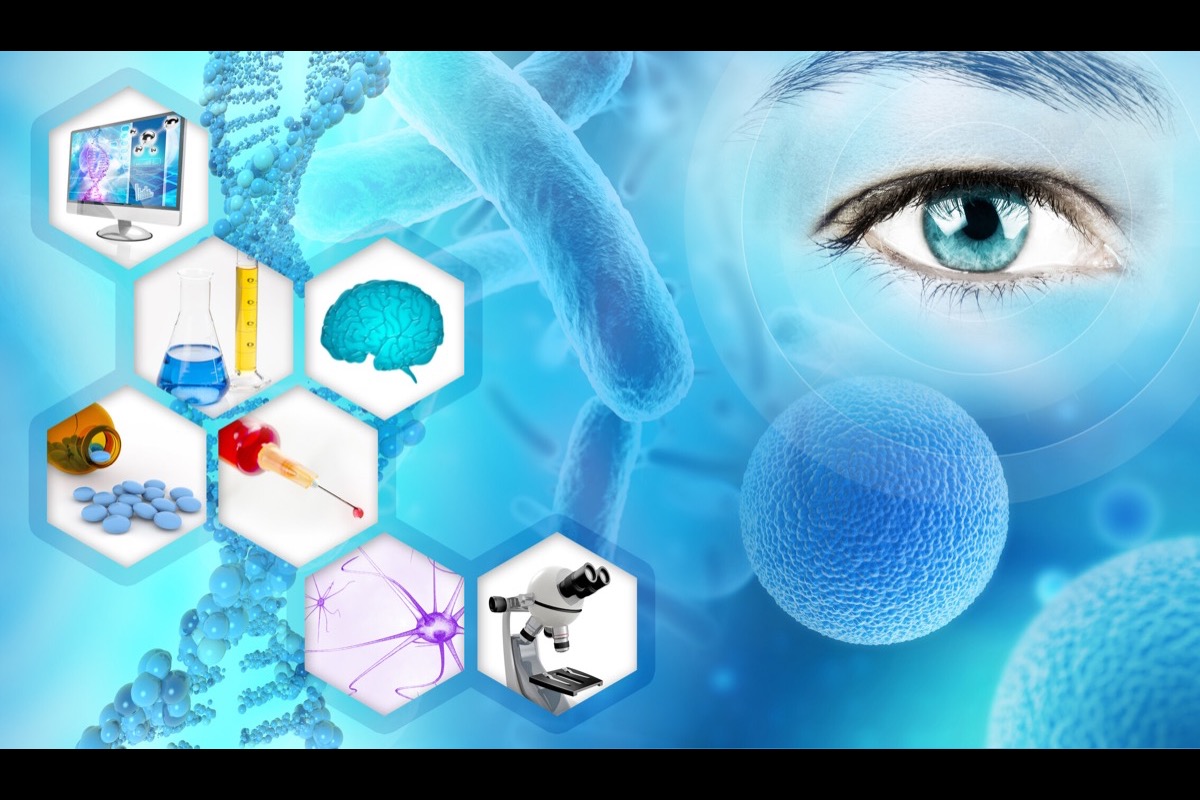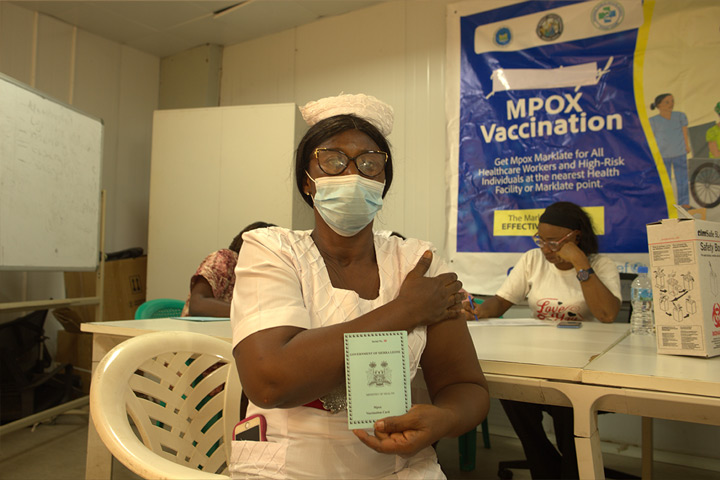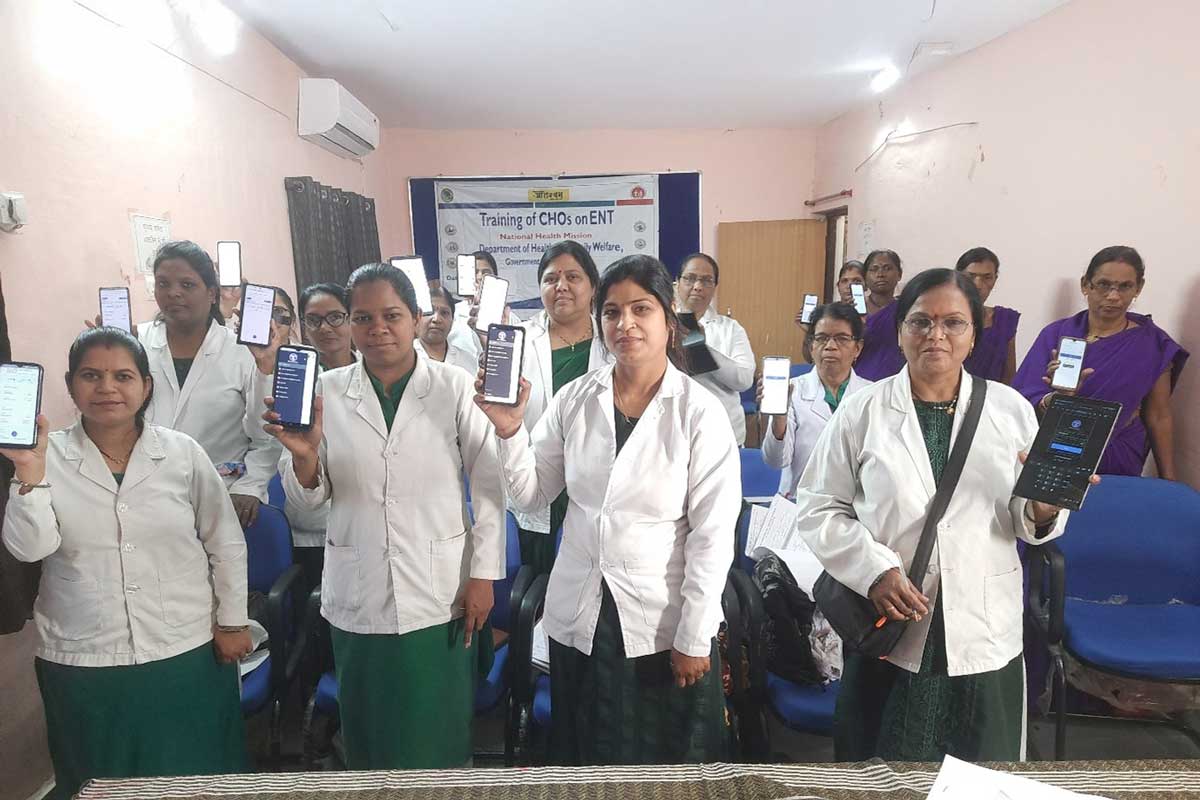What is antimicrobial resistance and how can we tackle it?
Antimicrobial resistance is a growing threat which is exacerbated by overuse of antibiotics - as well as poor waste management and climate change.
- 31 March 2023
- 5 min read
- by World Economic Forum
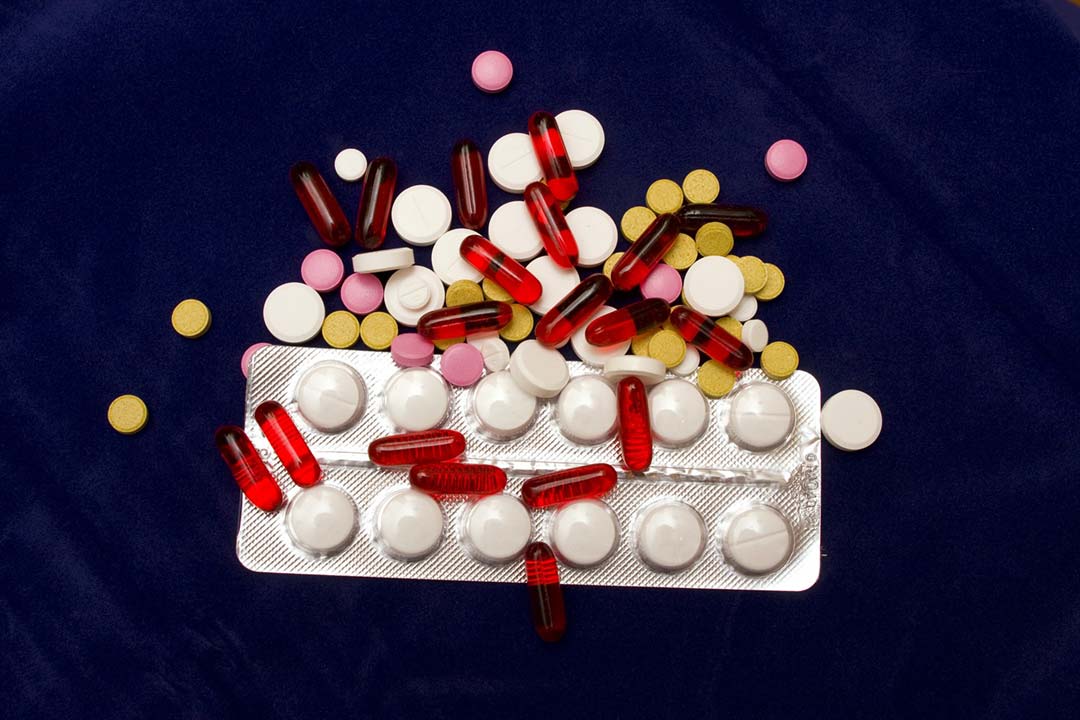
In 1928, Alexander Fleming discovered the first antibiotic, penicillin, and by the 1930s the first antibiotics had become commercially available.
Now, less than 100 years later, we are facing a health crisis as many drugs we have commonly used are no longer effective and we struggle to find new treatments to combat infections.
Antimicrobial resistance (AMR) has been described as "one of the biggest threats to global health, food security, and development today", but what exactly is it, and why does it pose such a problem?
What is antimicrobial resistance?
Antimicrobial resistance (AMR) occurs when microbes – bacteria, fungi, parasites and viruses – evolve over time so that antimicrobial drugs that previously worked against them are no longer effective. As a result of this drug resistance, infections spread and become harder to treat.

Credit: The Lancet
Some strains of bacteria have become "superbugs", developing resistance to multiple forms of treatment. These include MRSA (methicillin-resistant Staphylococcus aureus), Clostridium difficile (C. diff) and the bacteria that cause multi-drug-resistant tuberculosis.
AMR affects all countries, although some are feeling the impact more than others. In particular, Sub-Saharan Africa may bear a particularly heavy burden. In addition, recent research demonstrates there is little high-quality data available about AMR and infectious diseases in low-income settings, which hampers our understanding.
We are urgently in need of more innovative, high-quality antimicrobials as resistance spreads and drugs such as antibiotics become less effective.
Why is AMR such a problem?
AMR directly caused 1.27 million deaths globally in 2019, and contributed to an additional 4.95 million deaths. This makes it a bigger killer than HIV/AIDS or malaria. By 2050, this death toll could climb to 10 million deaths annually.
The impacts aren't limited to health alone, says the World Health Organization (WHO). The global economy will also be affected by increased healthcare costs, reduced productivity and increase in poverty as a result of antimicrobial resistance. Without action it could reduce global GDP by $3.4 trillion, and drive an additional 24 million people into extreme poverty, it warns.

Credit: UNEP
How does resistance arise?
Natural variations in the genetic makeup of microbes cause resistance to develop over time as they reproduce. For example, alterations in their DNA could mean antimicrobials are no longer able to reach the microbe cell, or make microbes capable of creating enzymes which destroy the antimicrobial. Through natural selection these microbes with advantageous traits will proliferate over less-resistant strains, spreading the genetic advantage more widely.
Have you read?
Microbes like bacteria are also able to directly transfer genetic material to each other in various ways other than reproduction.
Although both of these ways of transferring genetic material occur naturally, poor use of antimicrobials, among other things, can speed up resistance developing and spreading. For example, if an antibiotic course does not totally kill off an infection we leave behind the microbes best able to fight against the drug. These will then multiply and pass on their survival traits.
How does antibiotic use affect resistance?
Excessive antibiotic use is a significant driver of resistance. If the treatment is too short, or weak, or incorrect for the infection, we risk leaving behind resistant microbes. The more we expose microbes to antimicrobials and/or other resistant microbes the more opportunities we create for resistance to develop and multiply.
And it's not just prescribing to humans that is a problem – two-thirds of the antibiotics used globally are used in farming. Low-level antibiotics are routinely used for prolonged periods of time even in healthy animals to stave off disease and promote livestock growth. In recent years, antibiotic use in agriculture in Europe has fallen dramatically. But they continue to be widely used elsewhere, particularly in Brazil, China and other emerging countries, because of their impact on profit margins and a lack of viable and affordable alternatives.
The environment and climate change also have a role to play in the emergence, transmission and spread of resistance, as a recent report from the United Nations highlights. Pollution from healthcare, pharmaceuticals, food and agriculture – such as waste water from hospitals or agricultural runoff – are particularly problematic, as it may contain both antimicrobials and resistant organisms.
Introducing these to the wider environment will also have an impact on biodiversity and soil health.
Poor sanitation and access to clean water is another major contributory factor. In countries that lack these basic hygiene measures, water is the primary vector by which antimicrobial resistance and its associated diseases are spread. Improved sanitation, water treatment and basic hand-washing and hygiene facilities are a crucial step in curbing the spread of AMR, as the World Economic Forum points out in a recent paper.

Credit: World Economic Forum
How can we turn the tide on AMR?
Global coordination is needed to both tackle the rise of antimicrobial resistance as well as foster the development of new drugs. We also need to work together to ensure healthcare systems around the world are prepared for rising resistance and infection levels.
Working with BCG, the Wellcome Trust and the Novo Nordisk Foundation, the Forum has produced a report highlighting how we can promote antibiotic research and development globally. One possible solution is to introduce a subscription payment model to create a regular revenue stream and offset investment costs associated with drug development.
Written by
Head, Shaping the Future of Health and Healthcare, Member of Executive Committee, World Economic Forum
Website
This article was originally published by the World Economic Forum on 30 March 2023.
